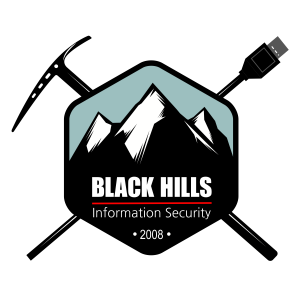A lightweight Flask application designed to receive and log XSS Canary alerts, then display them on a secure, real‑time dashboard. This repo is compatible with the canary code found at https://xsscanary.com
This project provides a simple backend to collect potential cross‑site scripting (XSS) alerts. Alerts are received as JSON payloads via a dedicated POST endpoint and logged to a file for later review. A password‑protected dashboard lets you review alerts along with details like the alert message, stack trace, URL, DOM snapshot, and timestamp.
-
Alert Reception:
- Endpoint:
POST /xss - Expects a JSON payload with required keys:
alert_msg: A short description of the alert.stack: The associated stack trace.url: The URL where the alert was triggered.ref: The referrer URL (if applicable).timestamp: (Optional) If not provided, the current timestamp is added.
- Logging: Alerts are appended as individual JSON lines to
xss_canary.json.
- Endpoint:
-
Basic Health Check:
- Endpoint:
GET /andGET /xss - Simply returns "It's working!" to indicate the service is online.
- Endpoint:
-
Secure Dashboard:
- Endpoint:
GET /dashboard - Protected via HTTP Basic Authentication (username:
admin). - Displays a styled view of all logged alerts, with support for expandable DOM sections.
- Endpoint:
- Python 3.x
- Dependencies listed in requirements.txt:
- Flask
- Flask-Cors
- gunicorn (for production deployment)
To easily install the XSS canary callback software on your server I've created an installation script . This script first installs dependencies and then creates a system daemon to run the web server as a low privileged user. The email in the command is used by Let's Encrypt to notify you when your SSL certificate is nearing expiration, although auto-renewal is enabled by default. Piping curl to bash as root is commonly ill-advised so, please read the code before executing the following command.
bash <(curl -s https://xsscanary.com/install) example.com [email protected]Start the Flask application by running:
python app.pyThe application will run on http://localhost:9000.
You should see a message in the terminal:
==================================================
Access the dashboard at http://localhost:9000/dashboard
Username: admin
Password: [Set in DASHBOARD_PASSWORD environment variable]
==================================================
You can use gunicorn to run the application in production:
gunicorn --bind 0.0.0.0:443 \\
--certfile=/etc/letsencrypt/live/${CALLBACK_DOMAIN}/fullchain.pem \\
--keyfile=/etc/letsencrypt/live/${CALLBACK_DOMAIN}/privkey.pem \\
--workers 4 \\
app:appEach valid XSS alert POSTed to /xss is logged in xss_canary.json as a JSON object on a new line.

